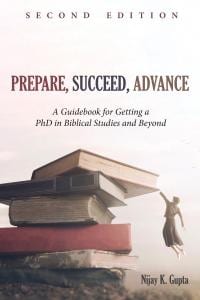This is part 3 of an ongoing series. (Part 2; Part 1)

“Know the Scholarship”
When you try to publish an academic article, it is imperative that you demonstrate knowledge and critical engagement with the most respected and most relevant scholarship. Now, this might seem obvious, who wouldn’t do this? But I would say about 50% of the time, when I see an article rejected, a reviewer has commented that the author failed to engage with key scholarship. Sometimes this is, perhaps, an oversight. Sometimes the author is branching out of their normal expertise to make a fresh contribution in a new area. For whatever reason, oversights and gaps happen and can weaken the article in the eyes of reviewers.
So, what to do?
Check the editorial board
As you write your article, look at the editorial board of the journal(s) you want to submit to, and see which scholars fit your topic. This might guide you a bit in determining which scholars to engage with. That does not mean you flatter those scholars in your article. No, it just means you get a grasp for the academic conversations that they would expect you to engage with.
Ask for help outside of your normal circles
Ask an academic friend or colleague to read your draft article, preferably someone outside of your normal circles. They might detect scholarship blind spots.
Take reviewer feedback seriously
If it happens that your article gets rejected, the reviewer(s) may have supplied feedback about gaps in the scholarship discussion. You may agree or disagree, but such feedback can be helpful moving forward.
And, as always, “try, try again”!
NB: For more advice on academic publishing, see Prepare, Succeed, Advance (Cascade, 2nd ed)

















